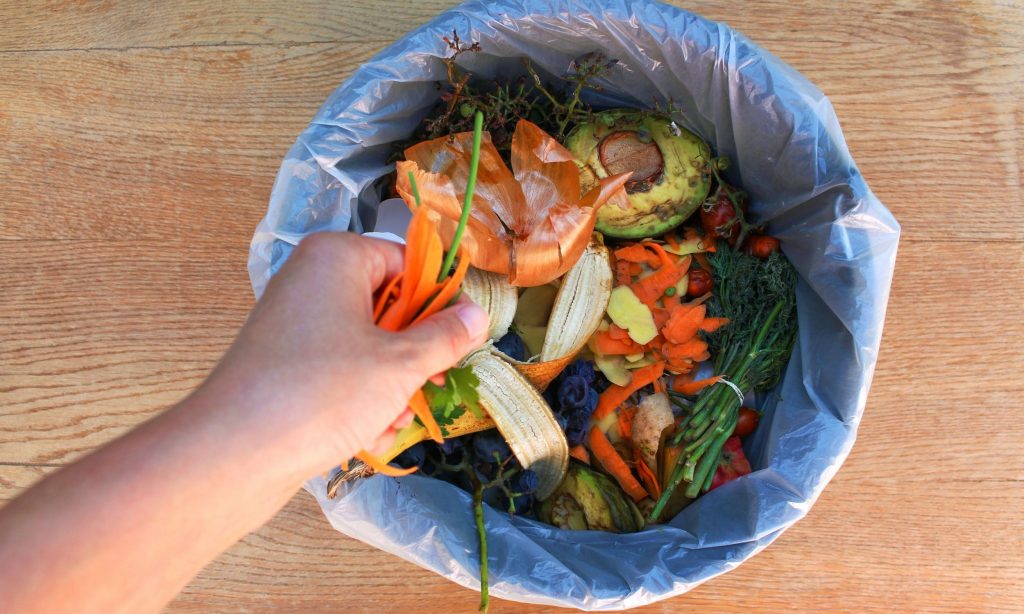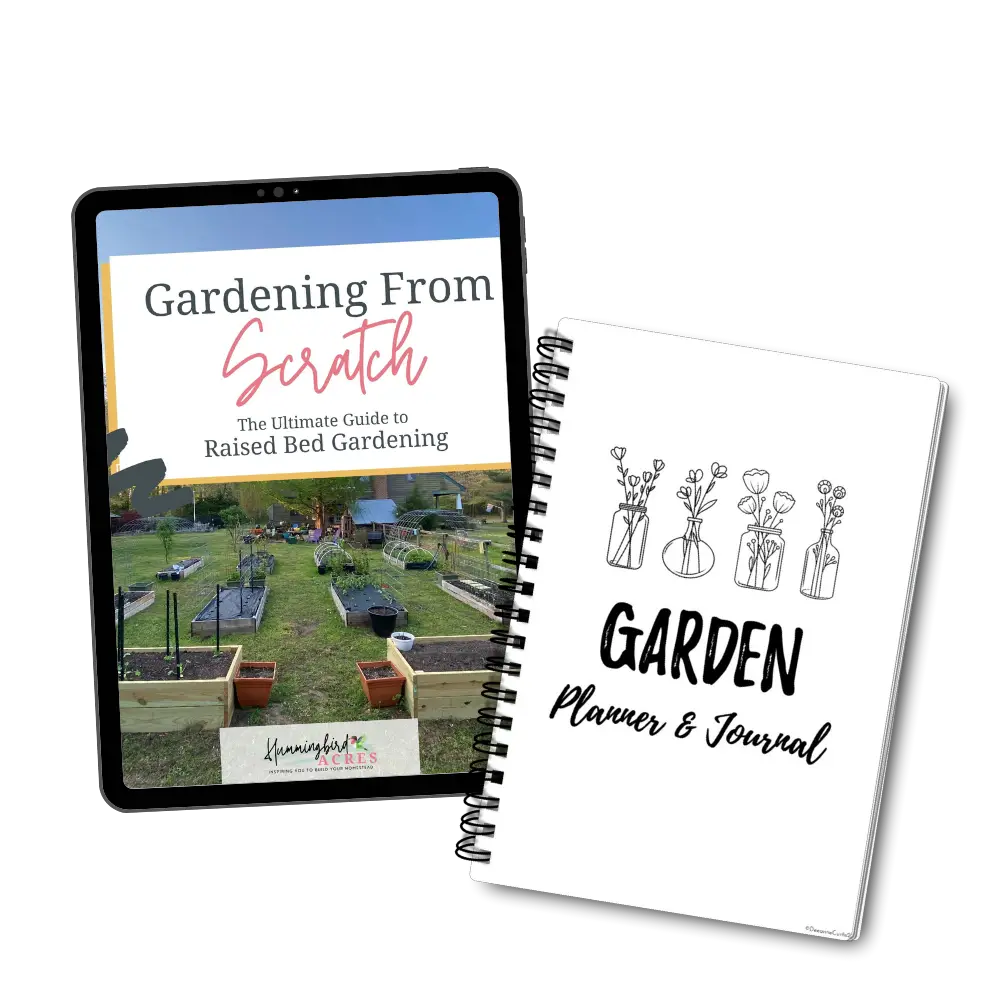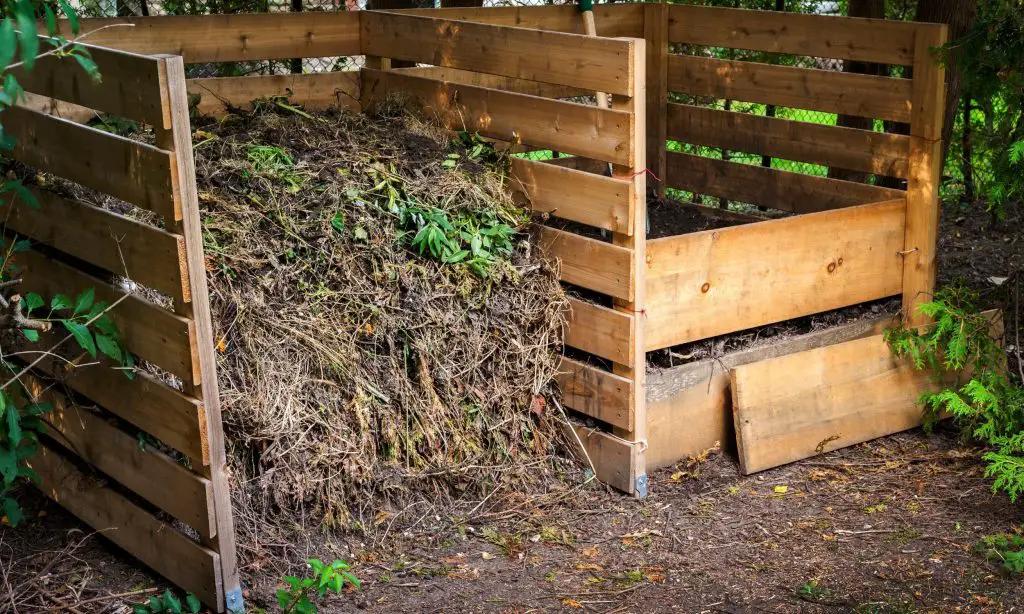Composting Tumbler Tips: How to Optimize Your Composting Process
Composting is an eco-friendly way to reduce waste and create nutrient-rich soil for your garden. Composting with a compost tumbler is a popular method that provides an easy and efficient way to turn kitchen scraps and garden waste into compost.
However, to ensure successful composting, it’s essential to follow some tips and guidelines. In this article, we’ll explore some of the best composting tumbler tips for beginners and experienced composters alike. From balancing the nitrogen and carbon ratio to chopping or shredding larger materials, we’ll cover everything you need to know to get started with composting in a tumbler.
Whether you’re concerned about the smell, where to put your compost, or how to speed up the decomposition process, composting with a tumbler is a great solution. With these tips, you can create high-quality compost in a matter of weeks and nourish your garden with nutrient-rich soil. So let’s dive into the world of composting tumbler tips and start turning your kitchen scraps into garden gold.
Disclosure: As an Amazon affiliate, I earn from qualifying purchases at no extra cost to you. My blog contains other affiliate links as well for your convenience. To learn more, you may read my Disclosure Policy. Thank you for supporting my blog!
Understanding Composting Tumblers
Composting tumblers are a popular choice for those who want to compost without the hassle of turning a pile by hand. They are designed to make composting easier and faster, and they come in a variety of sizes and styles to fit any need. In this section, we will explore the different types of composting tumblers and what to consider when choosing one.
Stationary vs Rotating
The first thing to consider when choosing a composting tumbler is whether you want a stationary or a rotating model. Stationary composting tumblers are designed to sit in one place, while rotating models are designed to be turned regularly to mix the compost. Rotating models are generally faster and more efficient, but they can also be more expensive.
Single vs Dual Chamber
Another factor to consider is whether you want a single or dual chamber composting tumbler. Single chamber models are designed to hold all of your compost in one container, while dual chamber models have two separate chambers for composting. Dual chamber models are more efficient because you can have one side composting while the other side is being filled.
Capacity and Size
When choosing a composting tumbler, it’s important to consider the capacity and size. Composting tumblers come in a variety of sizes, from small models that can hold a few gallons to large models that can hold several cubic feet of compost. The size you choose will depend on how much compost you need and how much space you have available.
It’s also important to consider the capacity of the composting tumbler. The capacity is the amount of compost the tumbler can hold at one time. If you have a large garden or produce a lot of food waste, you may want to choose a larger capacity model.
Overall, composting tumblers are a great way to make composting easier and faster. By considering the type of tumbler, the number of chambers, and the capacity and size, you can choose the perfect model for your needs.

Shhh… don’t tell!!
5 Secrets to Starting a Garden
Enter your name & email so we can send your our FREE Guide.
Location and Temperature Control
Ideal Location
When setting up a compost tumbler, it’s important to choose an ideal location. A location that receives ample sunlight and is well-ventilated is ideal. Placing the tumbler in direct sunlight can help to increase the internal temperature of the compost, which will speed up the decomposition process. However, if the tumbler is exposed to too much sun, it can dry out the compost and kill the microorganisms that are essential for the composting process.
If direct sunlight is not available, a location that receives dappled sun or partial shade is also suitable. A location that is too shaded can cause the compost to remain too cool, which can slow down the decomposition process. Additionally, a location that is too damp or humid can cause the compost to become waterlogged and create an unpleasant odor.
Temperature Regulation
Temperature regulation is important for the success of composting in a tumbler. The ideal temperature range for a compost tumbler is between 110-160°F (43-71°C). This temperature range allows the microorganisms responsible for the decomposition process to thrive.
If the temperature inside the tumbler is too low, the decomposition process will slow down, and the compost will take longer to mature. On the other hand, if the temperature inside the tumbler is too high, it can kill the microorganisms and delay the composting process.
To regulate the temperature inside the tumbler, it’s important to monitor the internal temperature regularly. Adding more compost materials can help to increase the internal temperature. Conversely, if the temperature is too high, adding more brown materials, such as dried leaves or sawdust, can help to lower the temperature.
In summary, choosing an ideal location and regulating the temperature are essential for successful composting in a tumbler. A location that receives ample sunlight and is well-ventilated is ideal, while temperature regulation can be achieved by monitoring the internal temperature and adjusting the compost materials accordingly.

Choosing Your Materials
When it comes to composting with a tumbler, choosing the right materials is essential to ensure that the composting process is successful. It is important to have a balance of both brown and green materials. Brown materials are high in carbon, while green materials are high in nitrogen.
Some examples of brown materials include straw, leaves, shredded paper, and fallen leaves. On the other hand, green materials include kitchen scraps, grass clippings, fruits, vegetables, and bread. It is recommended to aim for a ratio of roughly 3 parts brown to 1 part green.
Kitchen waste is an excellent source of green materials for composting. Vegetable and fruit scraps, coffee grounds, and eggshells are all great options. However, avoid adding meat, dairy, and oily foods as they can attract pests and slow down the composting process.
Yard waste can also be used as brown materials in composting. Dry leaves, twigs, and small branches can be added to the tumbler. However, avoid adding large branches or woody materials as they take longer to decompose.
It is also important to note that the size of the materials added to the tumbler can affect the composting process. Smaller pieces of materials will decompose faster than larger ones. Therefore, it is recommended to chop up any large materials before adding them to the tumbler.
In summary, choosing the right materials for composting with a tumbler is crucial for success. Aim for a balance of brown and green materials, avoid adding meat and dairy, and chop up any large materials before adding them to the tumbler.
The Composting Process
Composting is a natural process that breaks down organic matter into a rich and nutrient-dense soil amendment. Composting with a tumbler is an effective and efficient way to create compost. In this section, we will discuss the composting process with a tumbler and some tips to help ensure success.
Getting the Balance Right
The key to effective composting is getting the balance right between carbon-rich brown materials and nitrogen-rich green materials. Brown materials include dried leaves, straw, and sawdust, while green materials include vegetable scraps, grass clippings, and coffee grounds. A ratio of 3 parts brown to 1 part green is ideal for composting.
Turning and Aeration
Turning the compost is an important part of the composting process. It helps to aerate the compost and ensure that all the materials are breaking down evenly. Turning the compost every few days will speed up the decomposition process. Aeration is important because it provides oxygen for the microorganisms that break down the organic matter into compost. Without enough oxygen, the decomposition process will slow down, and the compost may start to smell.

Moisture Levels
Moisture is also a critical factor in the composting process. The compost should be moist but not too wet. If the compost is too dry, the decomposition process will slow down, and the compost will not break down effectively. On the other hand, if the compost is too wet, it will become anaerobic, and the compost will start to smell. The ideal moisture level is around 50-60%.
To maintain the right moisture level, it is important to add water to the compost regularly. If the compost is too dry, add water until it feels damp. If the compost is too wet, add more brown materials to absorb the excess moisture.
In summary, the composting process with a tumbler involves getting the balance right between carbon-rich brown materials and nitrogen-rich green materials, turning and aerating the compost regularly, and maintaining the right moisture level. By following these tips, you can create rich and nutrient-dense compost for your garden.
Maintaining Your Compost Tumbler
Maintaining your compost tumbler is crucial to ensure that it produces high-quality compost that is rich in nutrients. Regular turning, controlling moisture, and dealing with pests are some of the key aspects of maintaining a compost tumbler.
Regular Turning
Regularly turning the compost tumbler is important to ensure that the compost is aerated properly. This allows for the microorganisms to break down the organic matter effectively. It is recommended to turn the compost tumbler every two to three days. However, the frequency of turning may vary depending on the moisture level and temperature of the compost.
Controlling Moisture
Controlling the moisture level in the compost tumbler is essential to ensure that the composting process is efficient. Too much moisture can cause the compost to become soggy, while too little moisture can slow down the decomposition process. The ideal moisture level for composting is around 50%. To maintain the moisture level, it is recommended to add equal amounts of browns (e.g., dry leaves, wood chips, and pine needles) and greens (e.g., fruit and vegetable scraps). Additionally, adding a compost starter can help kickstart the decomposition process.
Dealing with Pests
Pests such as rodents and flies can be attracted to the compost tumbler. To prevent pests from infesting the compost, it is recommended to add a layer of dry leaves or shredded newspaper on top of the compost. This will help to deter pests from accessing the organic matter. Additionally, regularly turning the compost can help to expose any pests that may have made their way into the compost.
In case pests have already infested the compost, it is recommended to use a hose to flush them out. However, it is important to avoid using any pesticides as they can harm the microorganisms that are responsible for breaking down the organic matter.
Maintaining a compost tumbler may seem daunting at first, but with regular turning, controlling moisture, and dealing with pests, anyone can produce high-quality compost that is rich in nutrients.

Must Have Gardening guide
Gardening From Scratch
the Ultimate Guide to Raised Bed Gardening
From Tumbler to Garden
When is Compost Ready?
After using a compost tumbler, gardeners may wonder when the compost is ready to use. The composting process can take anywhere from a few weeks to several months, depending on various factors such as the type of materials used, the size of the tumbler, and the frequency of rotation.
One way to tell if the compost is ready is to check its color and texture. Fully composted material should be dark brown or black and have a crumbly texture. If the compost is still recognizable as the original materials, it may need more time to decompose.
Another way to test if the compost is ready is to conduct a germination test. Take a handful of compost and plant a few seeds in it. If the seeds germinate and grow well, the compost is ready to use.
Using Compost in Your Garden
Composting with a tumbler is an excellent way to turn garden waste into nutrient-rich compost that can be used to improve soil health and plant growth.
When using compost in the garden, it is essential to mix it into the soil thoroughly. This will help distribute the nutrients evenly and prevent any hot spots that could damage plant roots.
Compost can be used as a soil amendment, a mulch, or a fertilizer. As a soil amendment, it can be mixed into the soil before planting to improve soil structure and fertility. As a mulch, it can be spread on top of the soil to help retain moisture and suppress weeds. As a fertilizer, it can be applied around the base of plants to provide essential nutrients.
Using compost in the garden has many benefits, including improving soil health, reducing the need for synthetic fertilizers, and promoting healthy plant growth. Composting with a tumbler is a convenient and efficient way to create nutrient-rich compost that can help gardeners achieve their gardening goals without relying on traditional methods.

Environmental Impact
Composting with a tumbler has a significant positive impact on the environment. By composting kitchen scraps and yard waste, organic matter is prevented from going to landfills, reducing methane emissions and decreasing the environmental impact. Methane is a potent greenhouse gas that contributes to global warming, and landfills are one of the largest sources of methane emissions. Composting reduces the amount of waste that goes to landfills, reducing the amount of methane produced.
Using a composting tumbler is also a closed system, which means that the composting process is contained and controlled. This reduces the risk of odors and pests associated with compost heaps, making it a more convenient and practical option for many people. The closed system of a tumbler also allows for composting in batches, which means that the compost can be harvested in stages, providing a continuous supply of nutrient-rich soil.
Composting with a tumbler is also a great way to reduce the environmental impact of chemical fertilizers. Chemical fertilizers can be harmful to the environment, contaminating water sources and damaging ecosystems. By using compost instead of chemical fertilizers, gardeners can reduce their environmental impact and promote healthier soil.
In summary, composting with a tumbler has a positive impact on the environment by reducing waste sent to landfills, decreasing methane emissions, providing a closed system for convenient and controlled composting, allowing for composting in batches, and reducing the environmental impact of chemical fertilizers.
You may also enjoy these related articles:
Did you enjoy this article? Want to hear more? Stay in touch! Sign up below to receive weekly tips and inspiration for your homestead.

